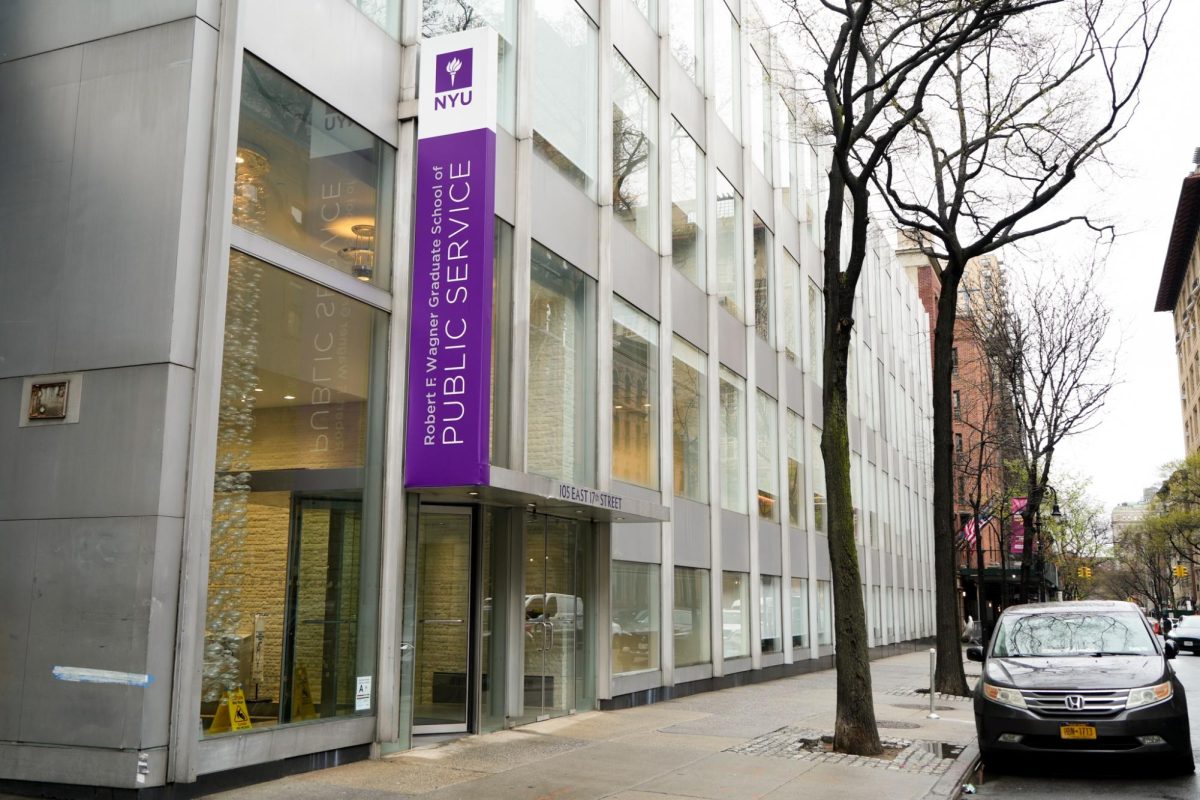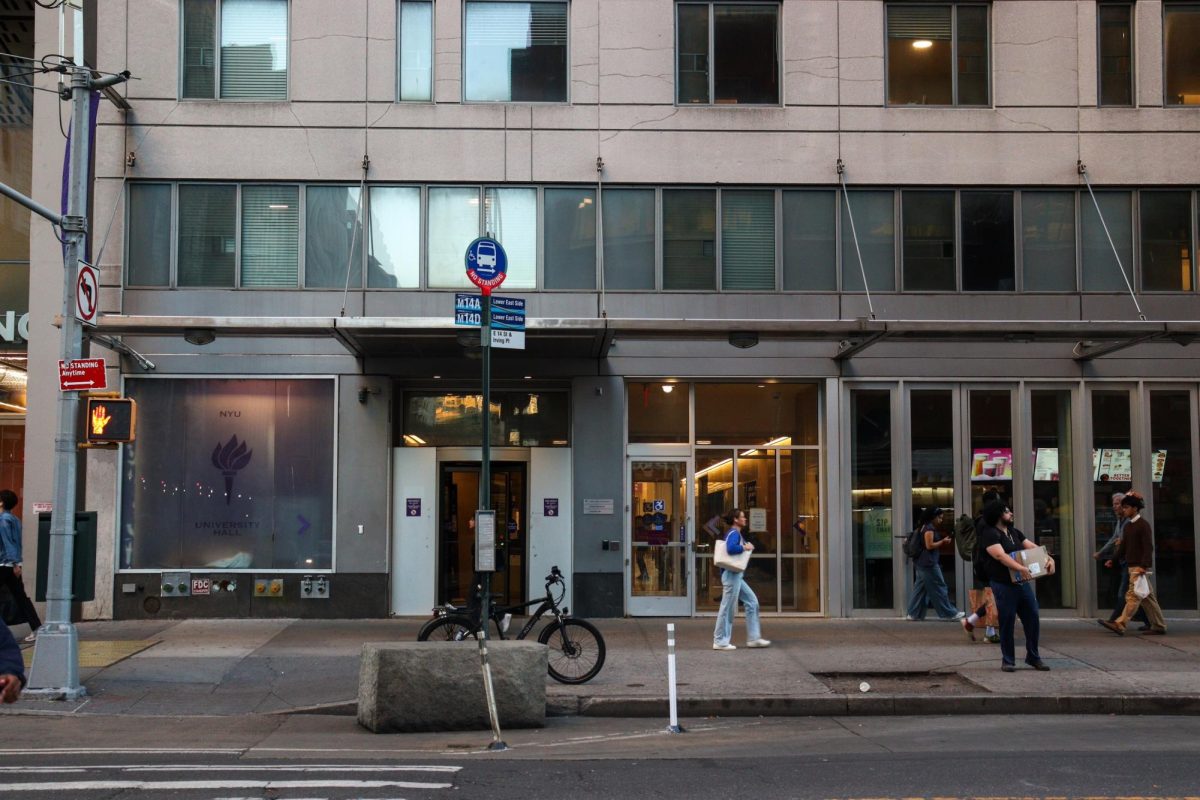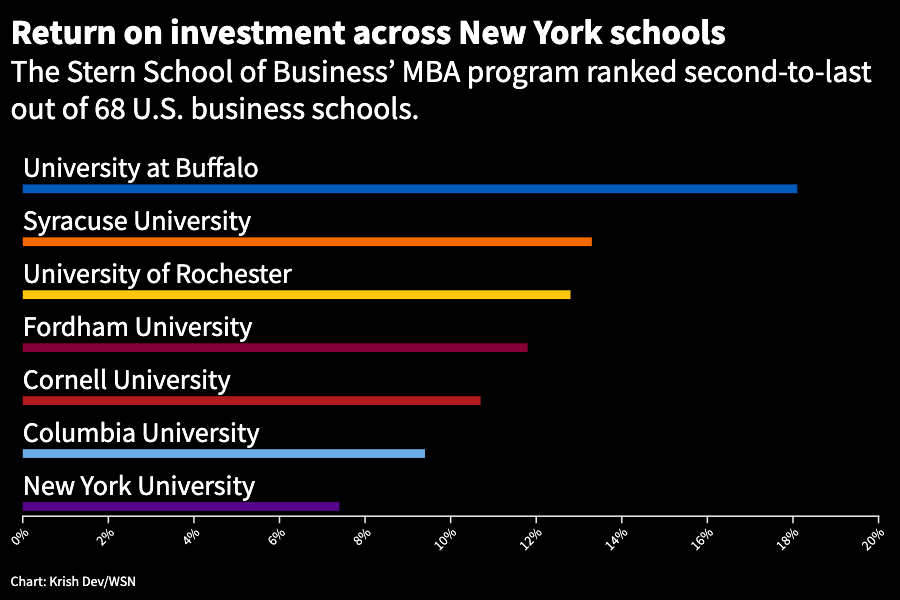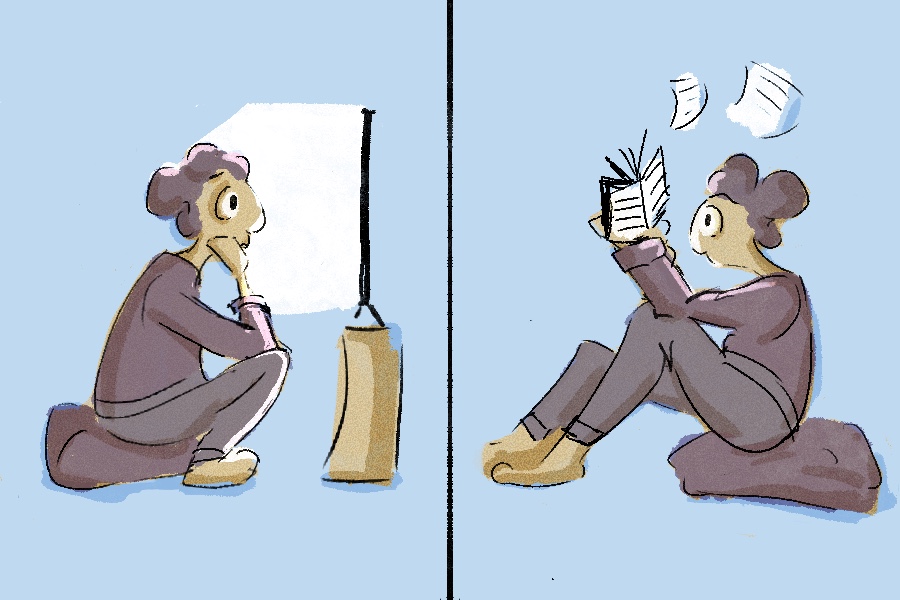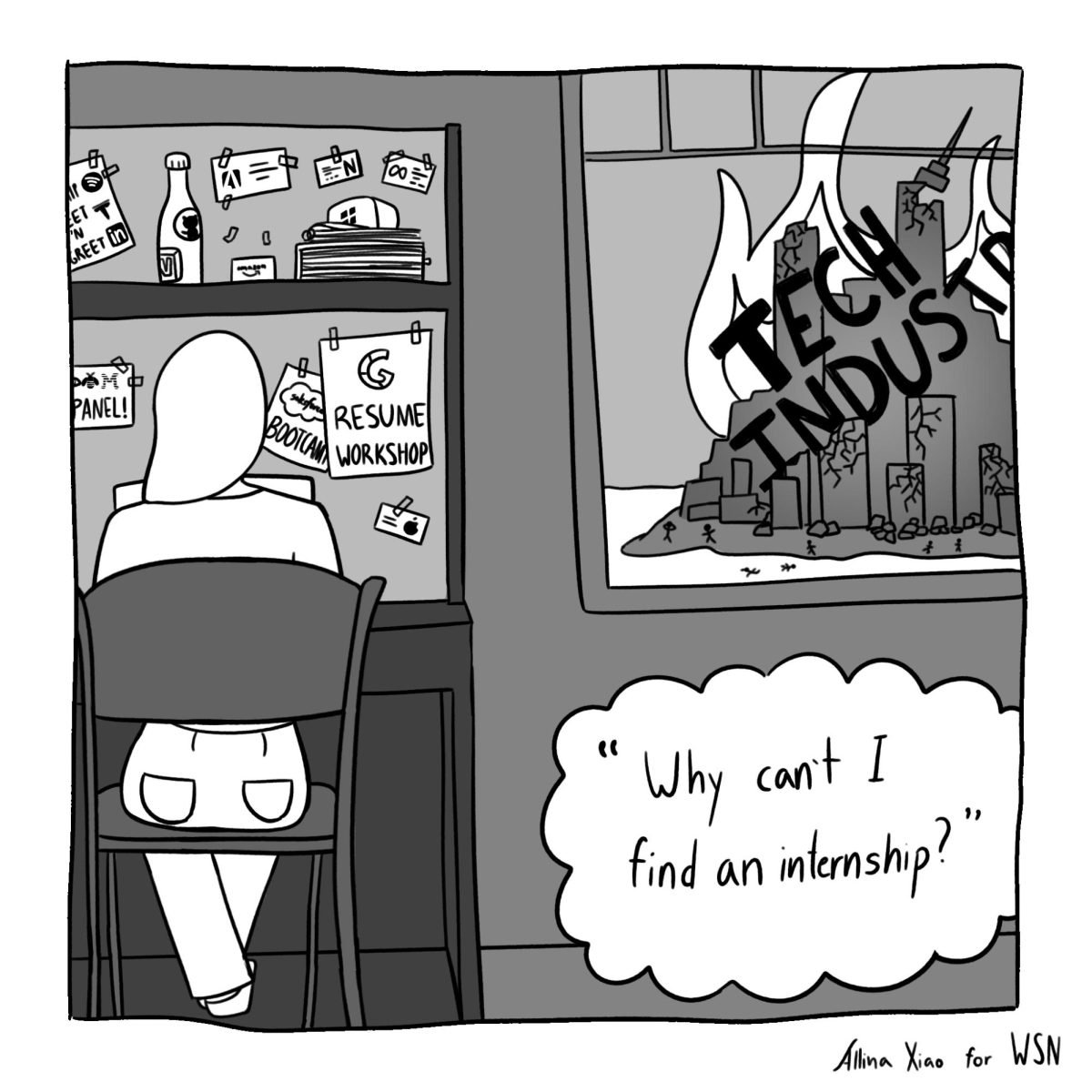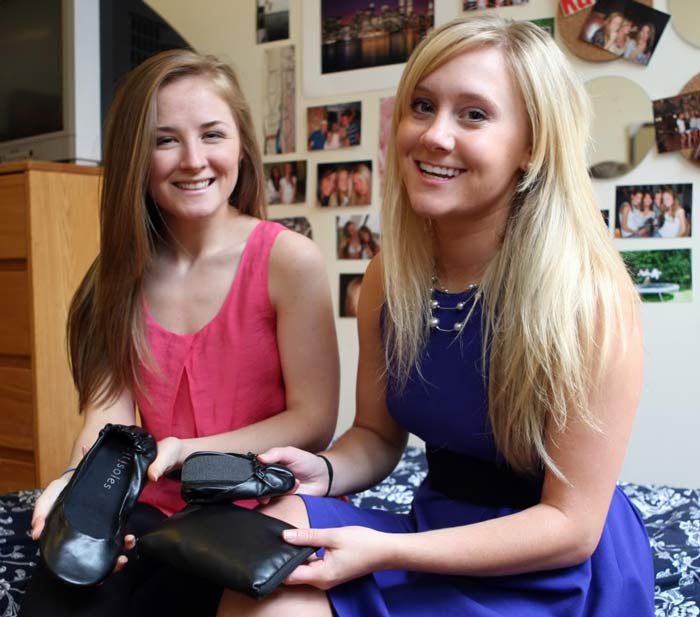
Courtesy of Susie Levitt and Katie Shea
Susie Levitt, CAS class of 2009, and Katie Shea, Stern class of 2009, are no ordinary city girls. While most of the collegiate club-goers in Manhattan resign themselves to aching feet after a night on the town, Levitt and Shea wouldn’t stand for such easily preventable pain. Thus, CitySlips was born, a company that designed chic and easily foldable ballet flats compact enough to fit into any purse.
QUESTION: How did NYU resources assist in launching CitySlips?
ANSWER: We came up with the idea for CitySlips while interning in New York City over the summer of 2008. We were wearing heels all day and night and carrying around ugly flip flops as a backup for when we couldn’t take another well-heeled step. We knew there had to be a better, more stylish way. We signed up for a business plan-writing course through the Stern School of Business, and then [we] entered into NYU’s business plan competition as well, where we finished as semi-finalists.
Q: Describe the process of designing, developing and marketing your footwear product.
A: We used alibaba.com to research and ultimately source the trading company that we decided to work with. Alibaba is a great resource that allowed us to find a manufacturing partner based on our requirements surrounding factors such as country of manufacture, minimum order quantity, target price point, packaging capabilities and testing capabilities. The design and development process took about nine months. We went through about five prototypes before going into production on our first bulk order. We used every free resource we could, like Facebook and Twitter, and made our primary goal to get distribution in chains such as Neiman Marcus, Dillard’s, Ricky’s NYC, Bliss Spa and more.
Q: What was the biggest hurdle in launching CitySlips, and how did you overcome it?
A: Product development was one of the most difficult parts of starting the business. We started with the idea of just making foldable shoes, but we quickly realized that this didn’t solve the entire problem. Women had nowhere to store their heels once they had switched into or out of their flats, which is where the expanding pouch came in. After coming up with the structure of both components, we decided on what materials to use, size breakdown, color choices, etc. To save money, we communicated with our manufacturers online, so prototyping and sampling took a while before we got it right. Right now our biggest challenge is inventory management. Knowing how much to order, what size breakdown, what the most popular colors will be next season is definitely something we’re still mastering.
Q: What do you have planned for the future?
A: We like to think our future is bright and plentiful. Our company vision is expanding outside the footwear category and looking to tiptoe into accessories. We like jazzing things up, adding unexpected fun to the ordinary and are starting to focus on tech accessories including wired earmuffs with mini travel speakers.
Q: What advice do you have for students looking to break into the fashion industry?
A: Just do it. The website might never be perfect. The prototype might never be perfect. The logo might never be perfect. Just start today and momentum will allow you to fix the mistake post-launch. If you’re shy about sharing or weary of idea snatchers, get over it. You’ll be surprised to see the enthusiasm others respond with when you open up to them, and you might be even more surprised by the enthusiasm it generates in you.
Helen Holmes is the deputy features editor. Email her at [email protected].


